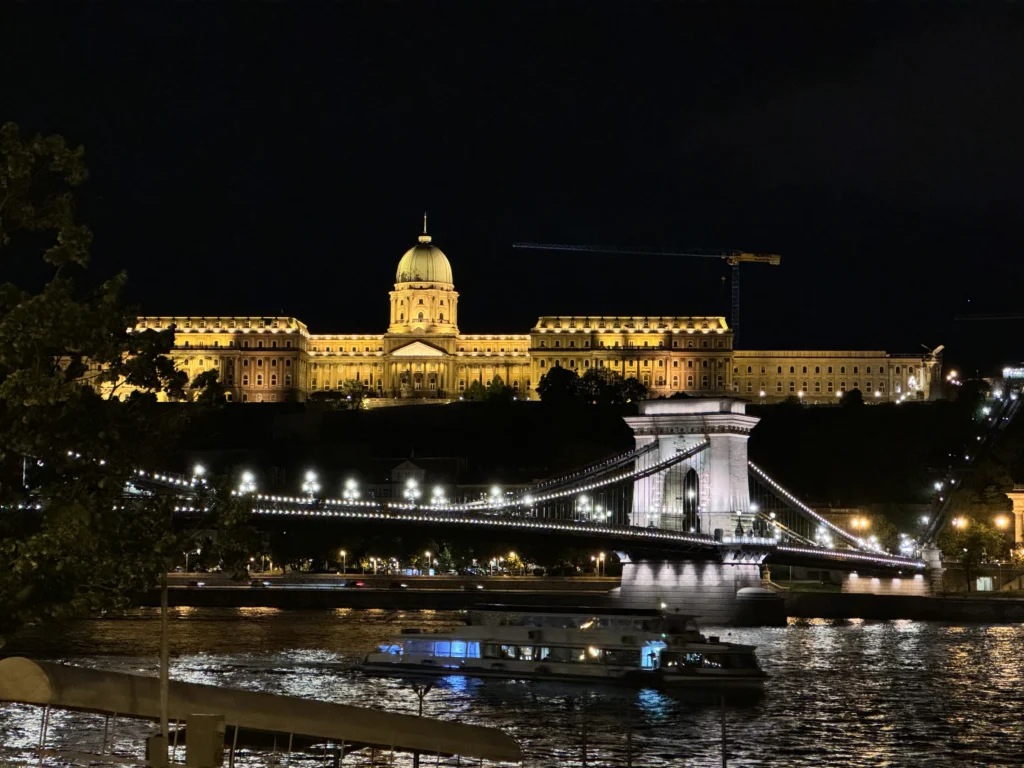Budapest was one of our stops on our 4-month European Adventure. We spent 3 days here at the end of April 2024, exploring both the Buda and Pest sides of the city.
We have included free things to do, as well as museums, castles, and such that require an entrance fee if you want to go inside. There is much more to see than what we squeezed in! We’ll put suggestions at the end of things we didn’t get to but came up quite a bit in our research. If you want to check out where we ate during our 3 days, our gluten free guide is here.
In this guide, you’ll find:
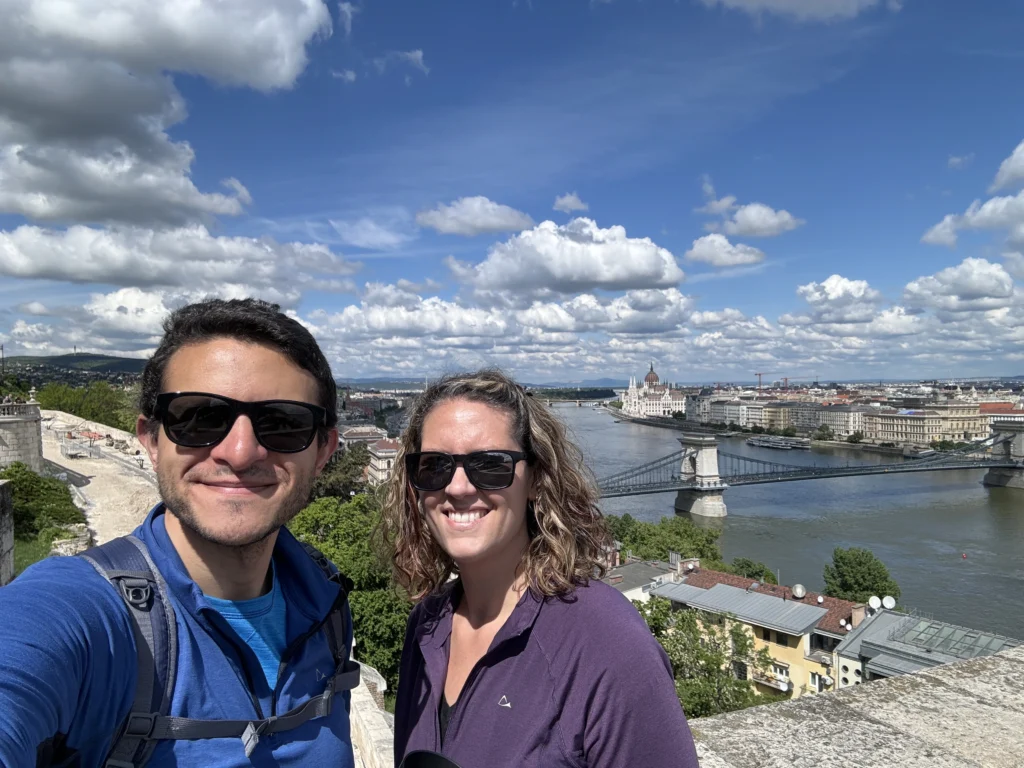
When’s the best time to visit Budapest?
We travelled to Budapest in late April, and it was surprisingly cold. However, we lucked out that there weren’t many tourists, since April is considered shoulder season. Typically, spring and fall are the best times to visit as it isn’t too hot or crowded. May through September and the month of December are considered “tourist season”, so if you’re hoping for slightly lower prices, less crowded tourist sights, and relatively mild weather, shoulder season of March – April and October – November are recommended.
Where to stay?
We stayed at the B&B Hotel Budapest City, which is slightly outside of the main downtown area making it a more budget friendly area to stay in. It was easy to get to the city center (or anywhere else in Budapest) using the metro and the tram. We found it easy to get around, but overall would not recommend this specific hotel. There are a few others nearby that you could investigate if you’re interested in staying in the same area.
The public transportation is excellent and affordable, so you can’t really go wrong with where to stay if you’re fine to not be in walking distance to everything. If you’re hoping to not use public transport and get everywhere by walking, we suggest staying right in the city center. Overall, Budapest is very walkable!
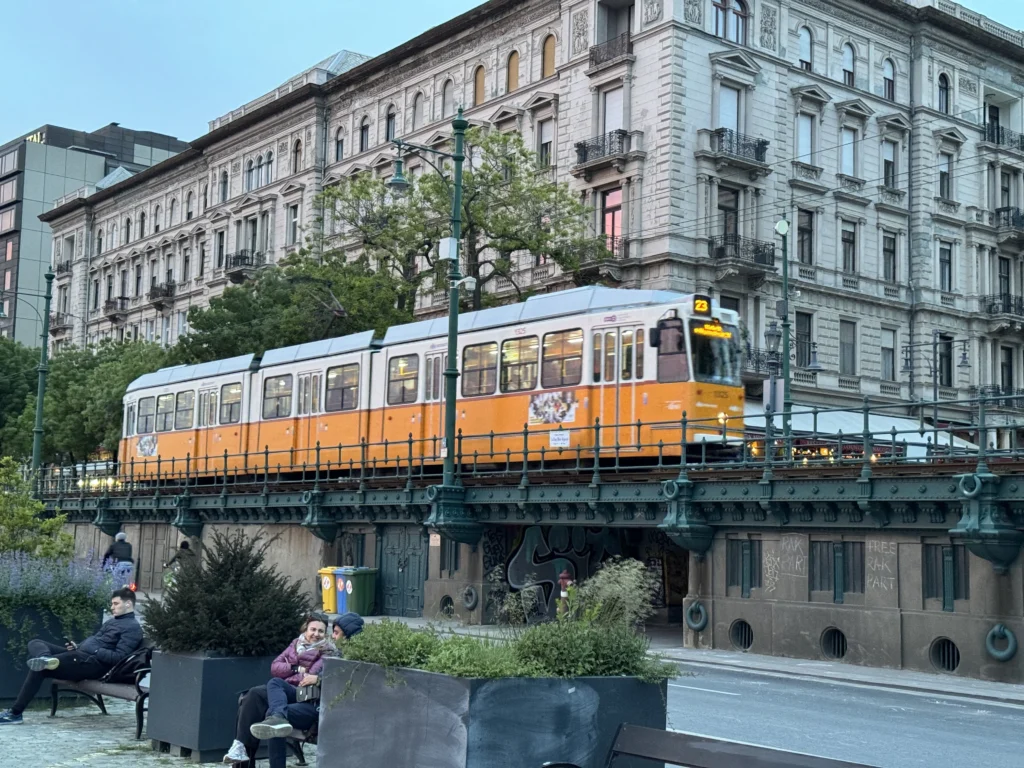
FREE THINGS TO SEE & DO:
1. Hungarian Parliament Building
Is it a visit to Budapest without seeing Hungarian Parliament? A must see in both the day and night, this massive building is so detailed and exquisite. You can get a 45-minute tour, and there is a visitor center with information.
A moving Holocaust memorial to victims from World War II who were shot at this very spot.
While there are many bridges that cross the Danube River and join the two sides of the city, the chain bridge is arguably the most famous. The Szechenyi Chain Bridge was the first bridge to connect Pest and Buda, and now provides a safe walk across the two halves of the city.
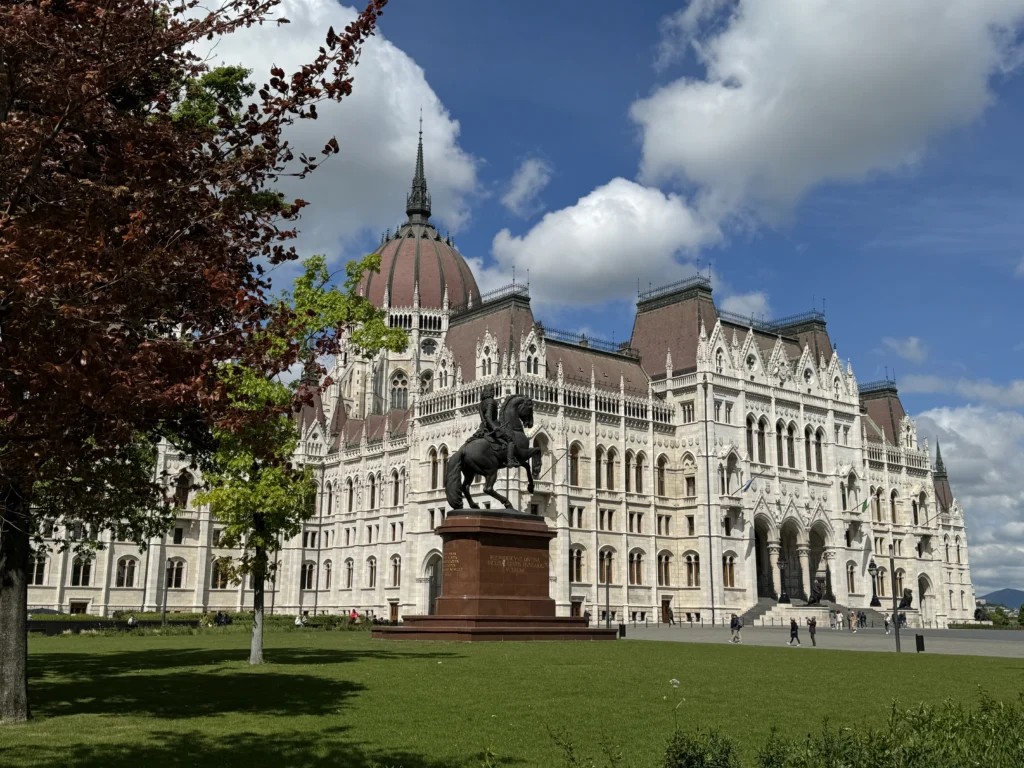
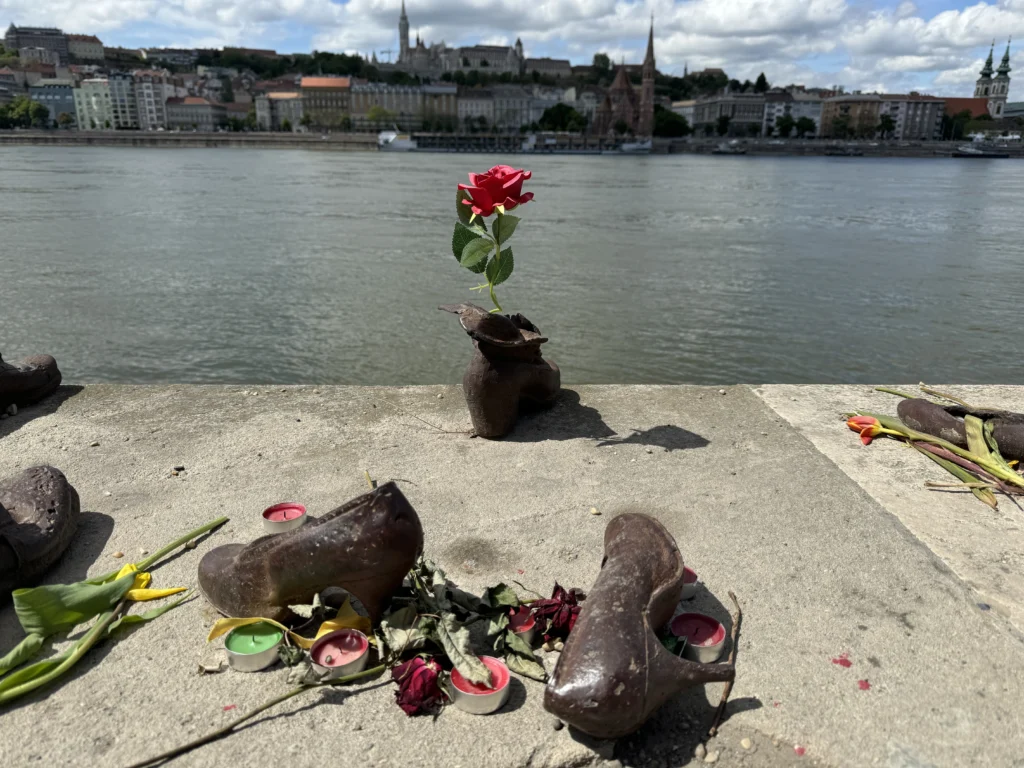
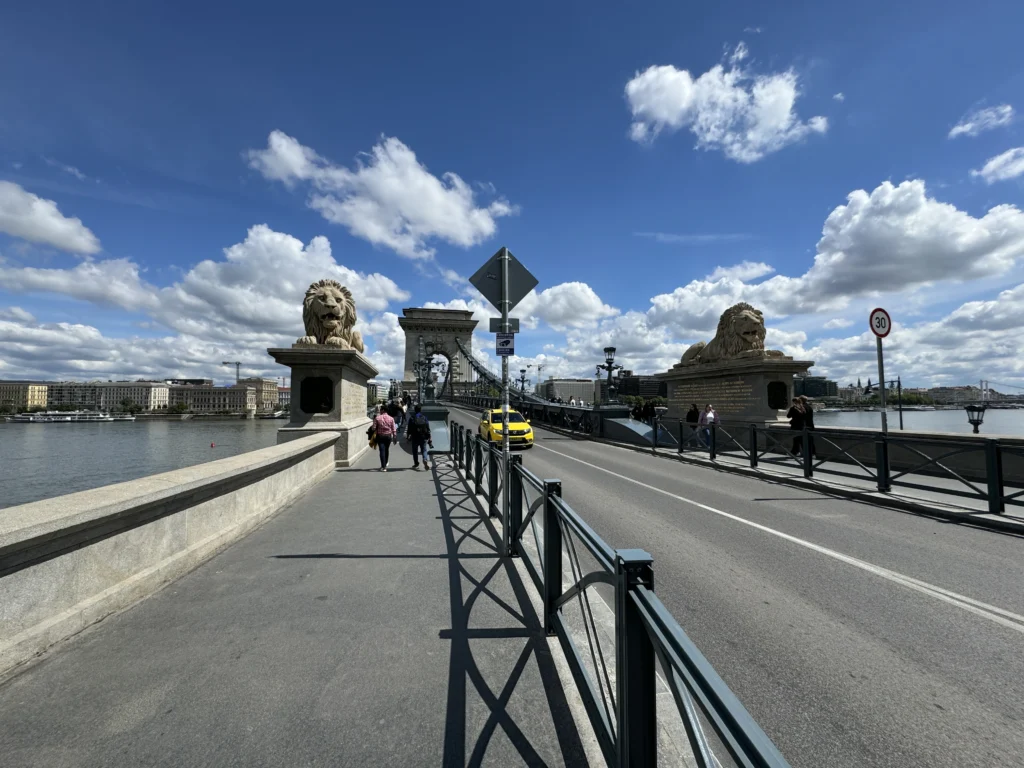
Pavilions along the hillside on the Buda side of the city. These are just below Buda Castle, but above the river. You’ll find some beautiful gardens you can wander through at no cost. There are a few cafes and exhibits that are housed here, but really you’re coming here for the beautiful views and stroll along the river.
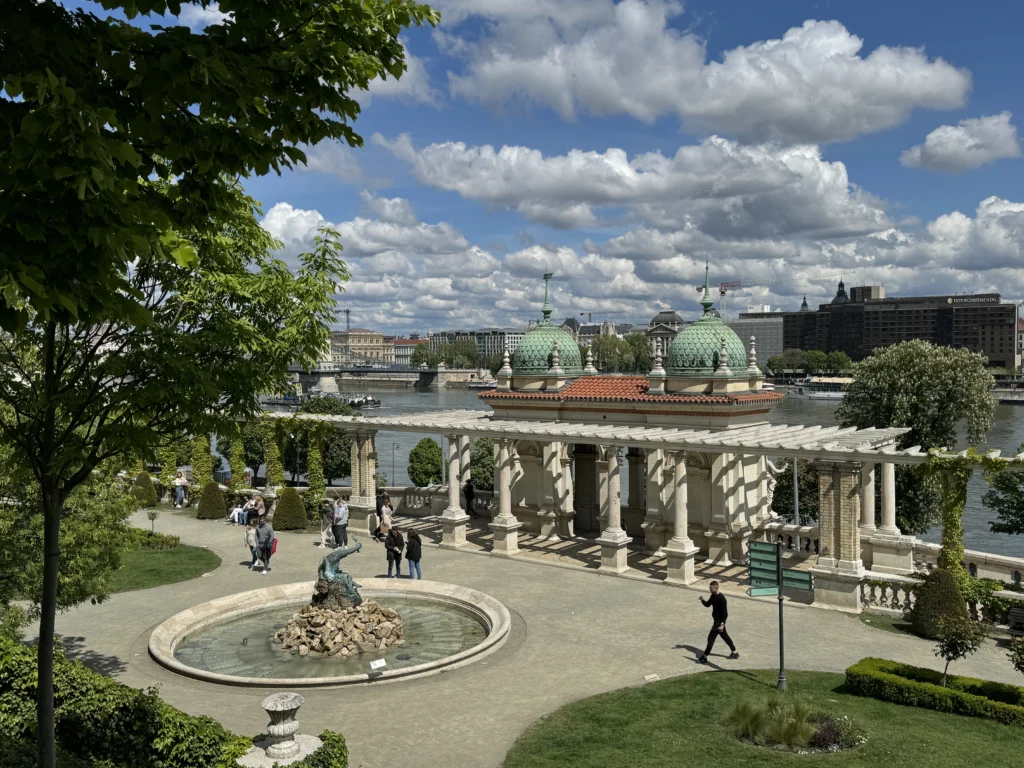
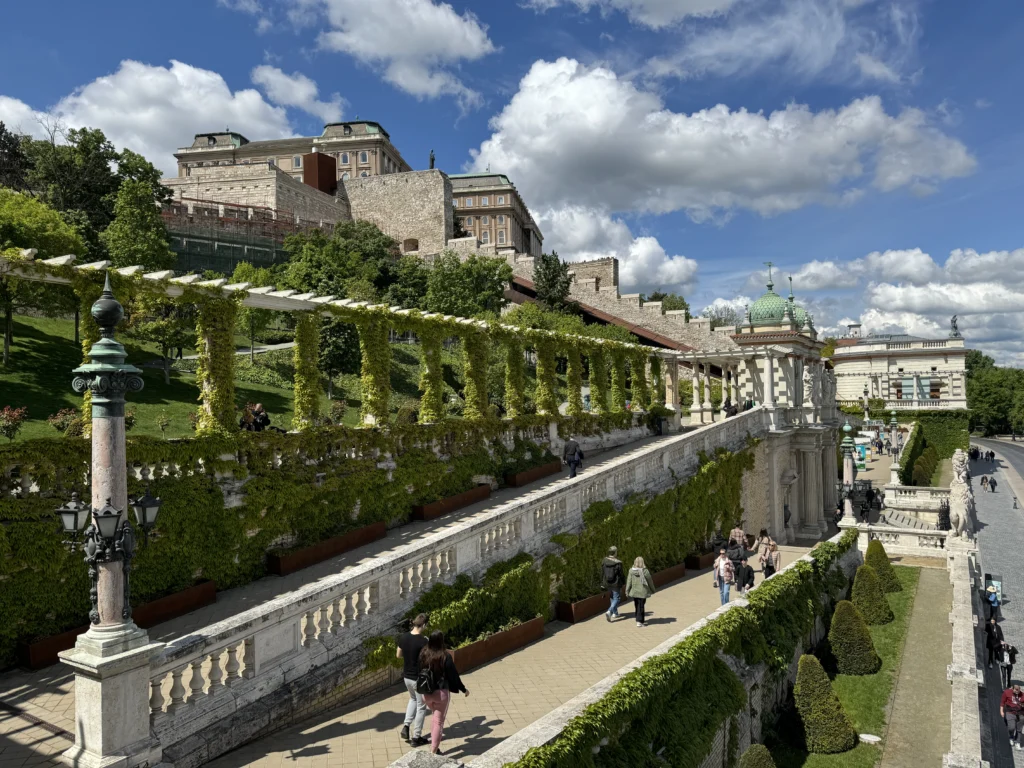
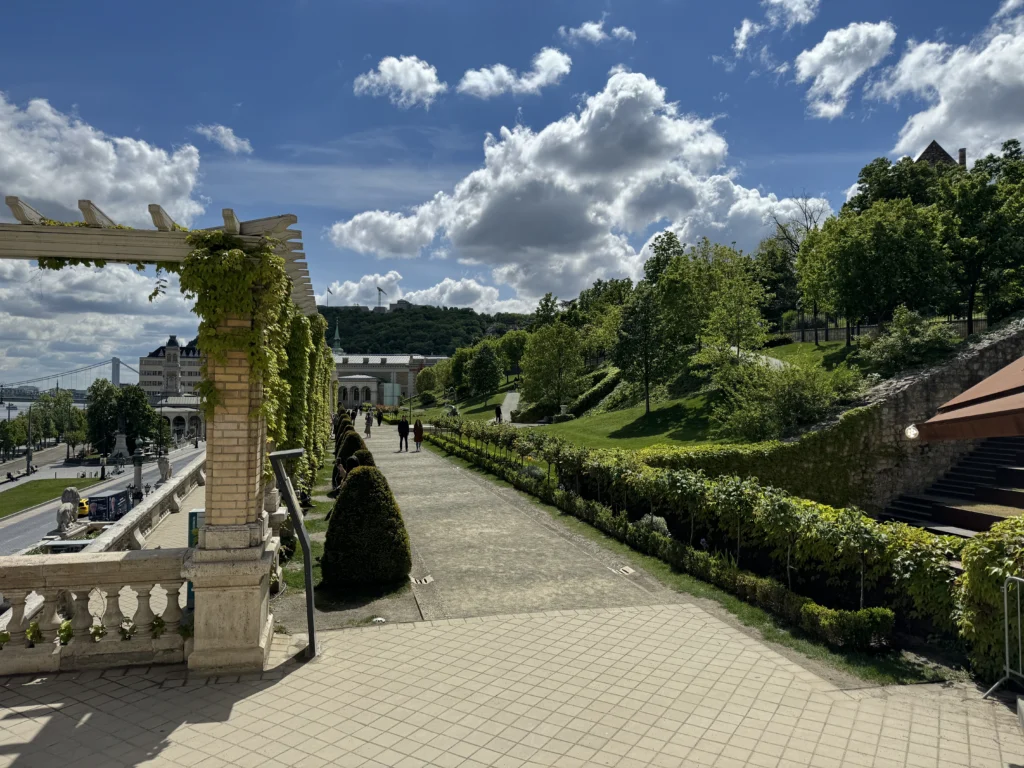
Located in the city center (on the Pest side of the river), you’ll find the quaint Jozsef Nador Square. What is worth seeing here are two beautiful fountains: Herend Tree of Life and the Zsolnay Ornamental Fountain. Wonderful tranquility in the middle of a bustling city!
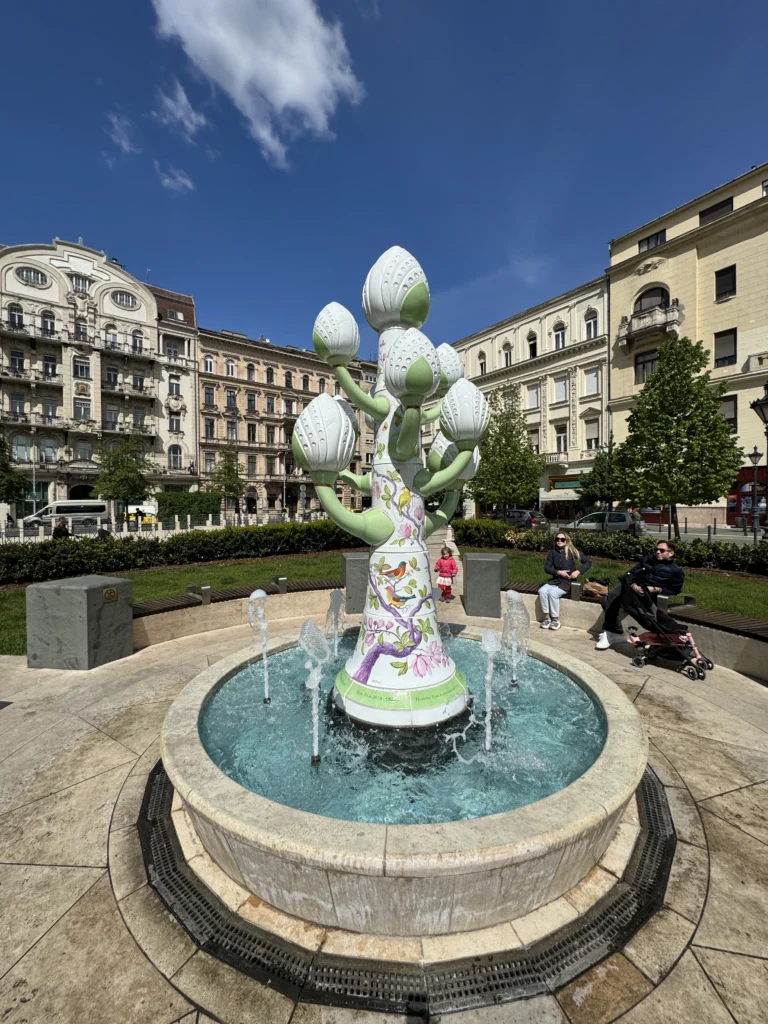
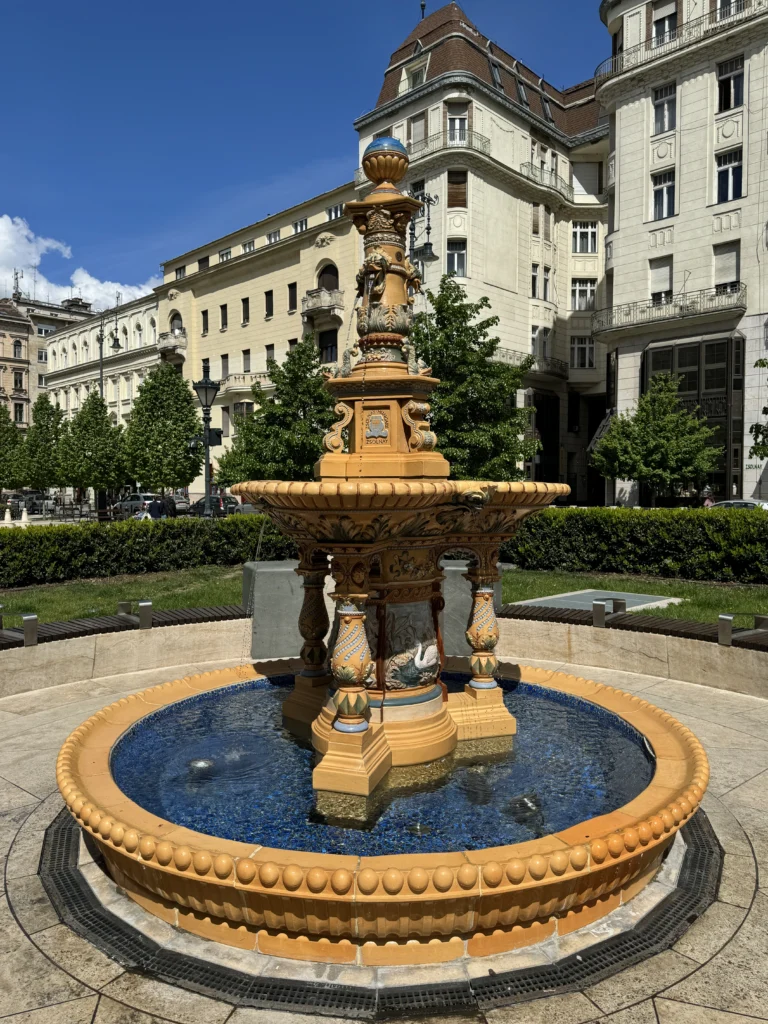
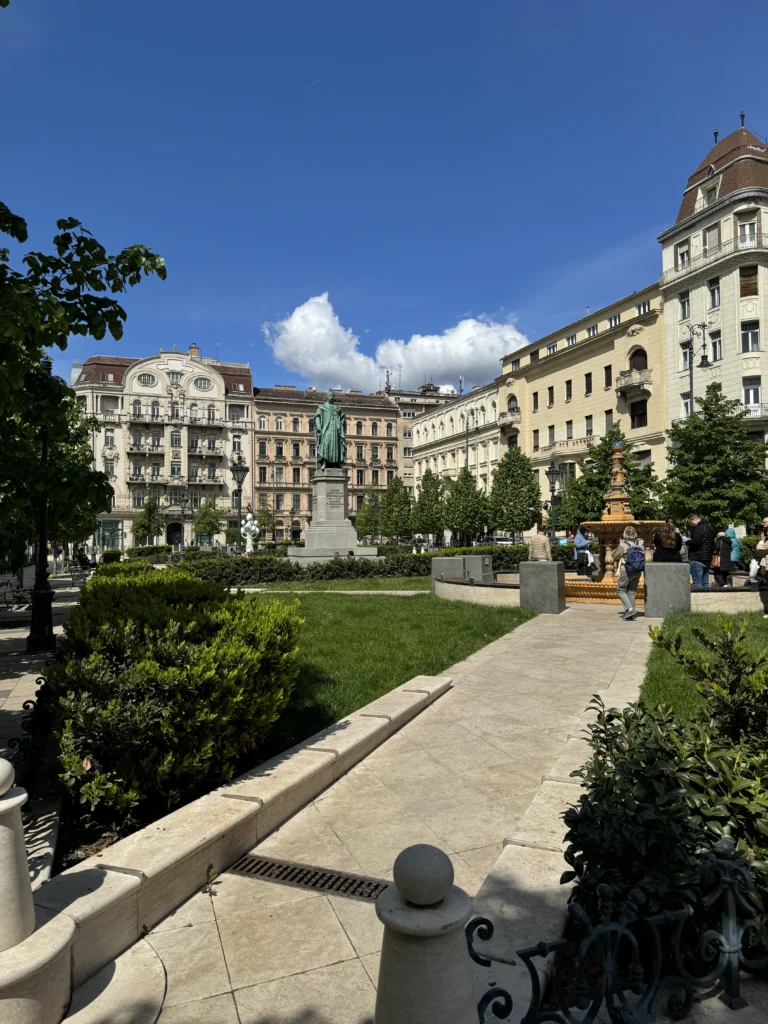
6. City Park
- Heroes’ Square: If you’re visiting City Park, make sure to pass by Heroes’ Square. It is a massive open space which serves as the main entrance to the park. There are huge statues of each of the leaders of the 7 tribes which founded Hungary.
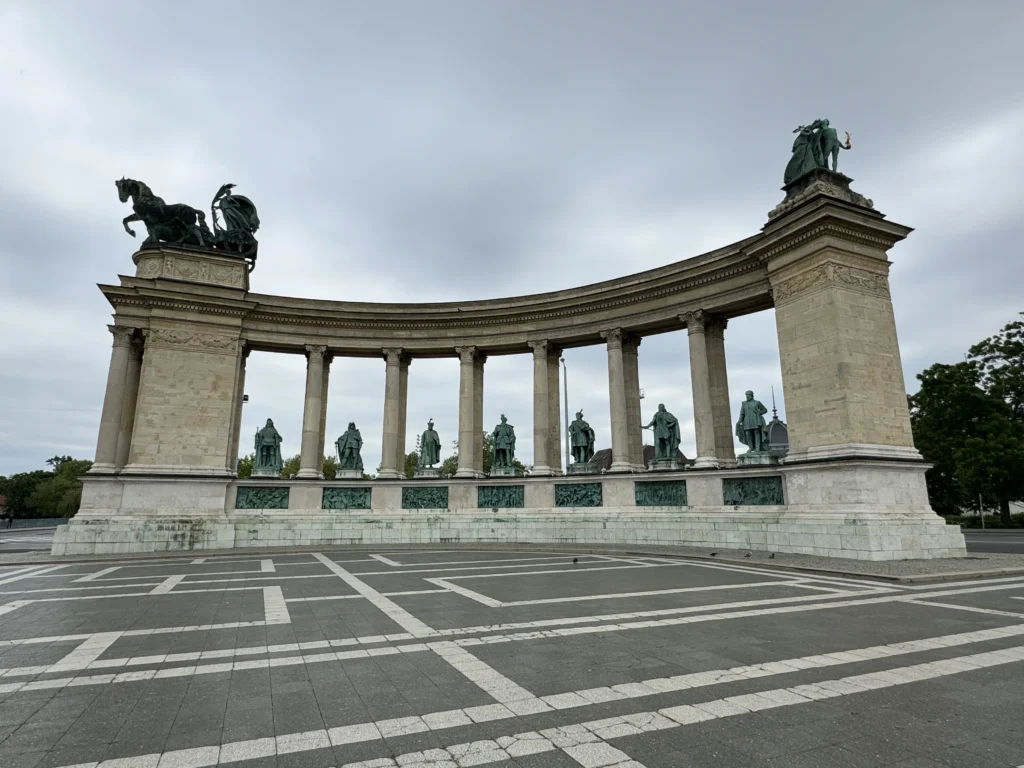
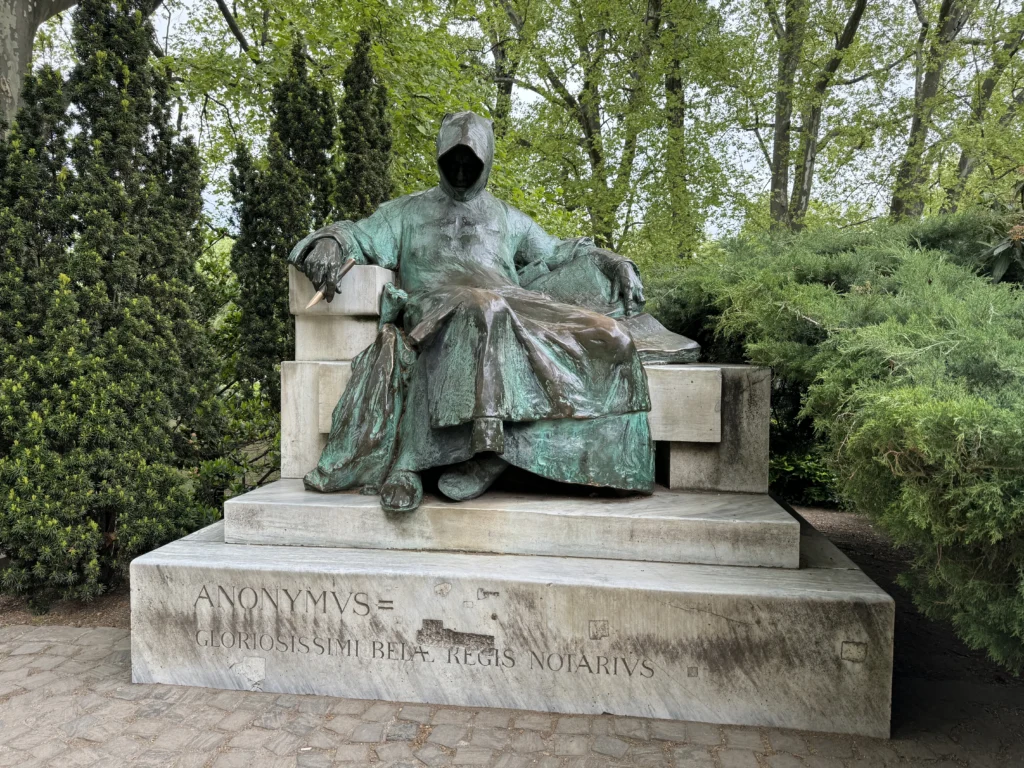
- Statue of Anonymous: Located inside City Park is the Statue of Anonymous, a dark hooded figure. The statue is much larger than we expected, and if you’re taking a walk through City Park, well worth stopping to see.
- Dracula mini statue: While there are mini statues throughout the city by the sculptor Kolodko, the mini Dracula statue in City Park is arguably one of the more sought after ones. Hidden near Vajdahunyad Castle, you’ll find this cute little Dracula statue perched on a rock wall. If tiny statues pique your interest, you can do a “tiny statue hunt” trying to find all these throughout Budapest.
7. Vaci Utca
This is the main shopping street within Budapest’s city center. It has many bars and restaurants, as well as shopping boutiques and designer stores. Even if you don’t plan on doing your shopping here, it’s worth walking down this major street to take in the hustle and bustle, as well as the many historic buildings which line the street.
8. Westend mall
A major shopping mall in Budapest, on the Pest side of the city. If you’re hoping for some sIt is nearby to Nyugati Train Station and City Park, so if you have time to kill it’s a good stop.
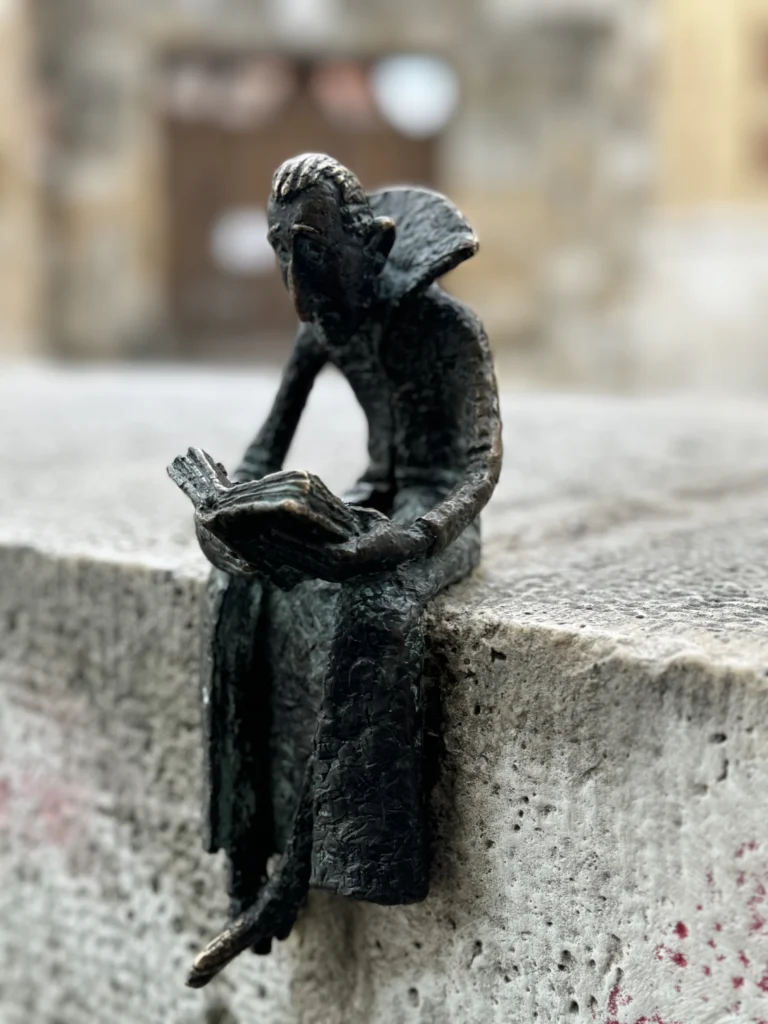
MUSEUMS, CASTLES, TOURS, ETC:
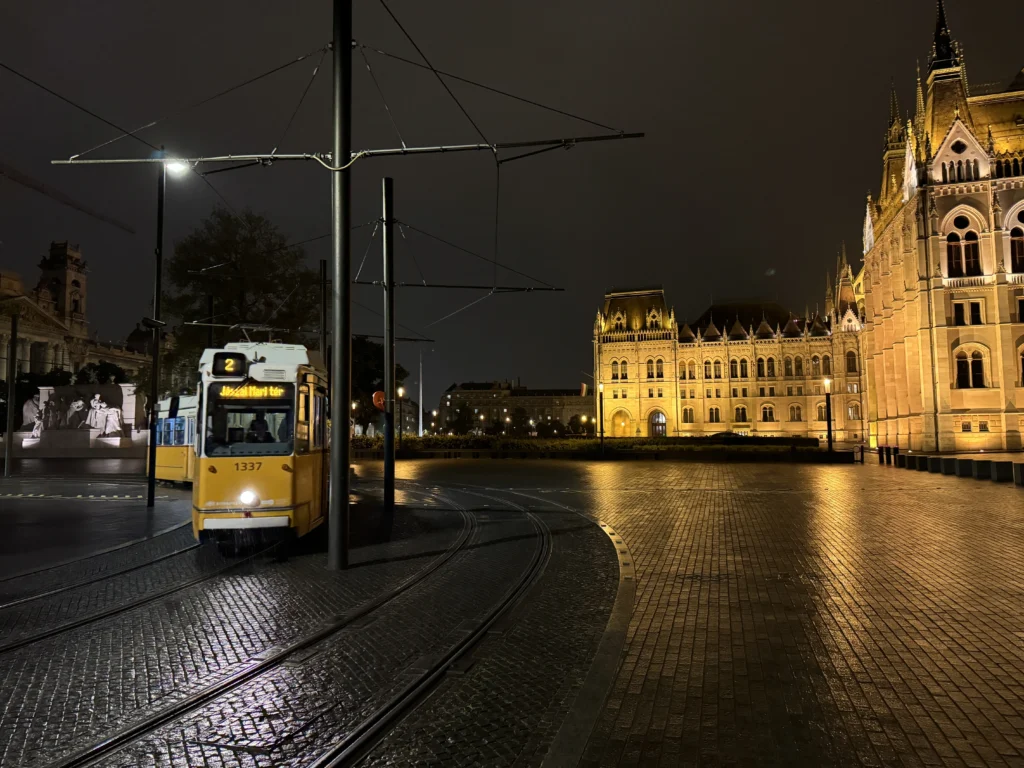
The No. 2 Yellow Tram runs alongside the Danube River on the Pest side of the city. You can catch views of the Buda Castle, the various bridges, and Hungarian Parliament all from within the tram. You don’t need a special pass or ticket to ride the tram, just a regular public transport ticket will do. If the No. 2 is crowded or a long wait, you can also catch the No. 2B or No. 23 and see similar sights.
2. Danube River Cruise
The Danube River splits the city of Budapest into two sides: Buda and Pest. You can book a cruise ahead of time or show up to any of the kiosks along the riverside to pay for a river cruise. Most cruises come with a complimentary drink of some sort, but some even have dinner! We suggest taking one at night, where you can see the city lit up and get a spectacular view of Hungarian Parliament.
3. Try Langos
A typical Hungarian food, a “langos” is a warm fried dough with toppings. These are typically street food, and often have cheese as one of the toppings. We ate at Retro Langos, where we had a plain one with cheese and a second one with other toppings as well. You can even get a Nutella langos! Retro Langos also has gluten free langos (which is what we tried).
The largest church in Budapest, the basilica is quite the sight in both the daylight and lit up at night. You can go inside by paying a reasonable admission fee and can even take an elevator up the cupola for views across the city. Even if you don’t plan on paying to enter, we highly suggest seeing the basilica during day and night while in Budapest (and really, it’s kind of hard to miss it).
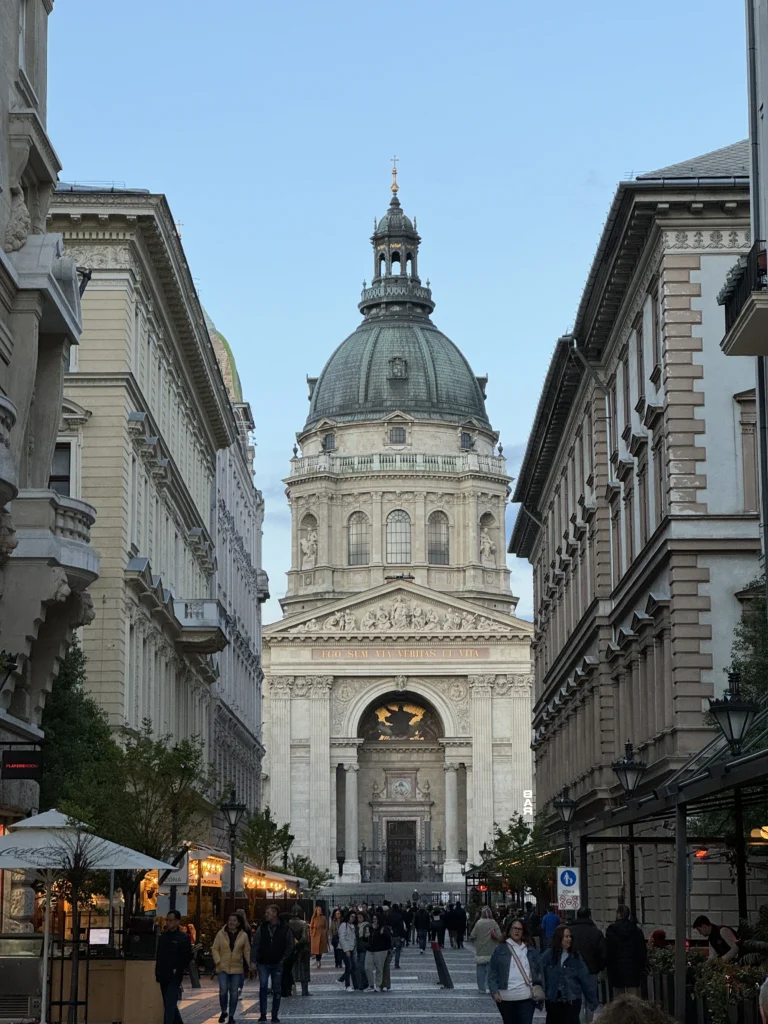
- Buda Castle: Sitting on top of Castle Hill is Buda Castle. The castle contains the National Gallery, the Budapest History Museum, and the Szechenyi Library. While you have to pay admission to get in to see any of these three things, wandering around the outside of the castle is free. You can take in some beautiful views of the city from the grounds! To get to Buda Castle, you can climb up the steep steps or take a funicular up to the top of the hill.
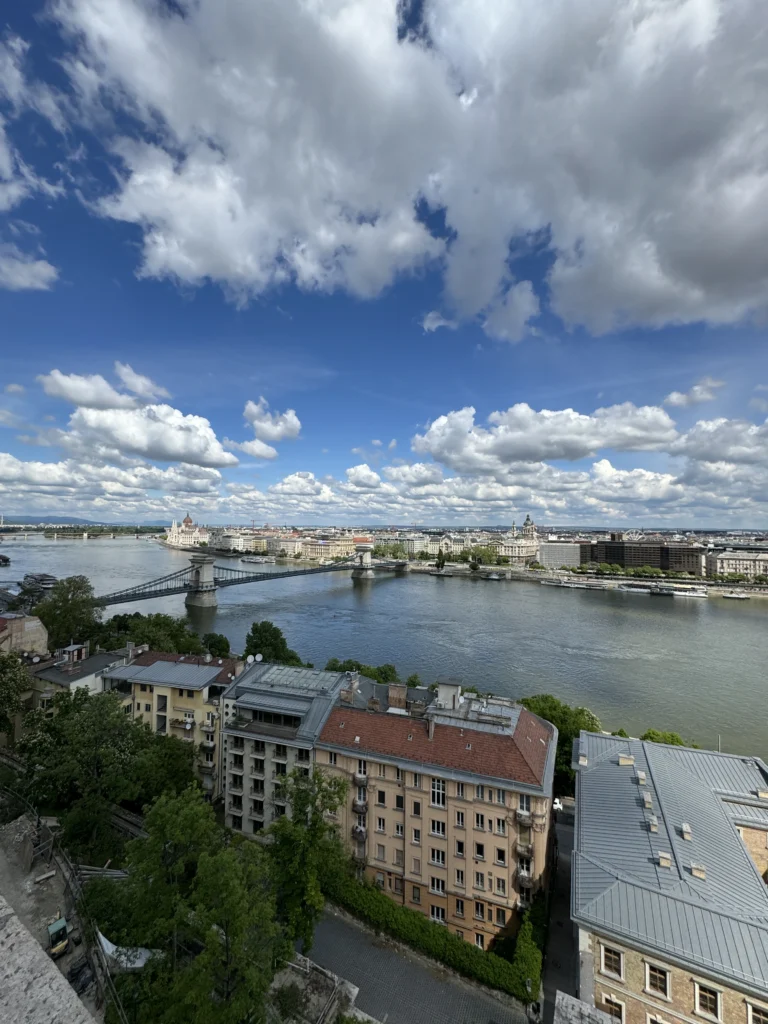
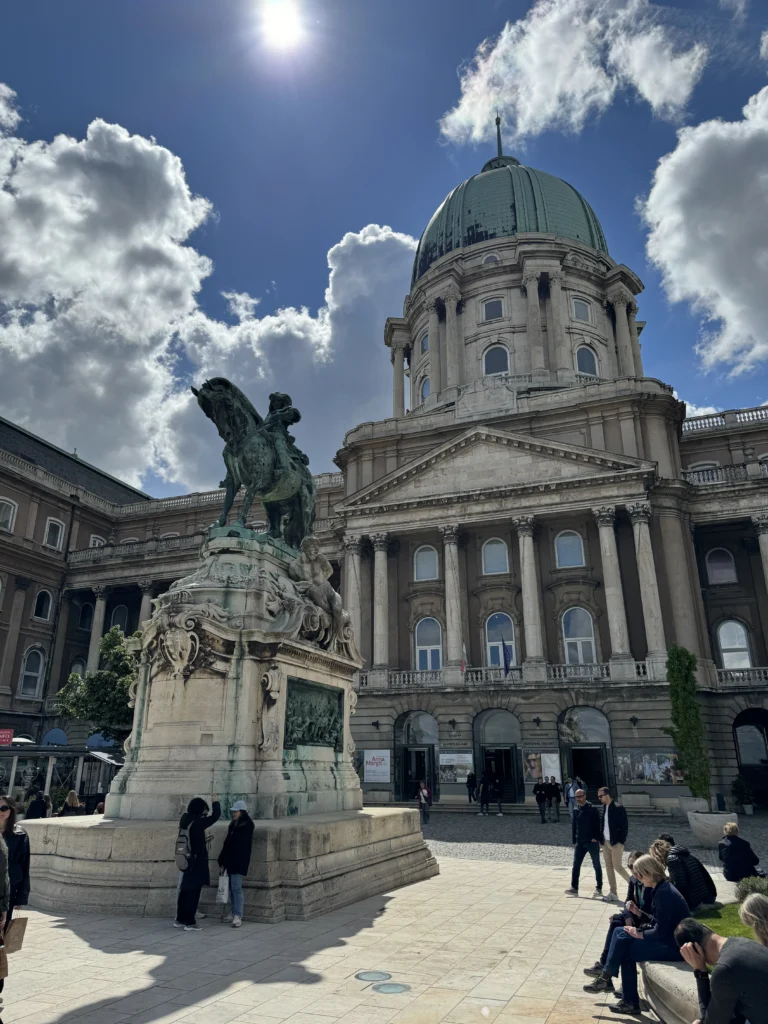
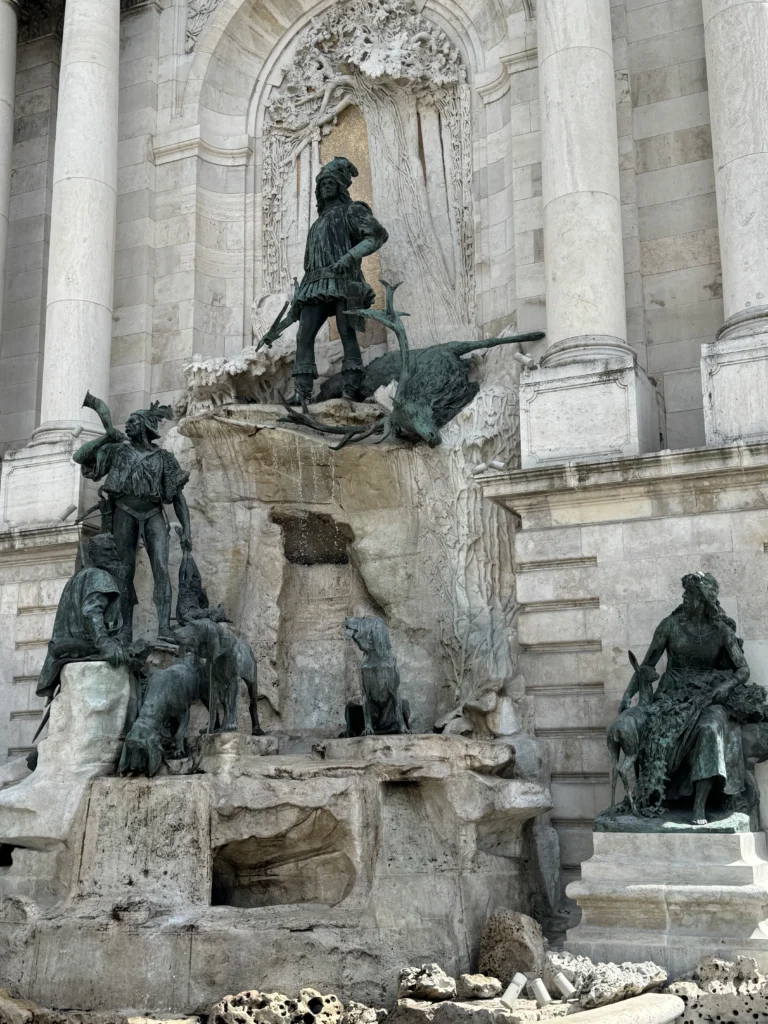
- Fisherman’s Bastion: While seeing the Fisherman’s Bastion in its bustling square is free, there are some portions you need a ticket to access. We found the free areas awfully busy and these areas were especially full of Instagrammers trying to get their perfect shot. This sort of detracted from the views you can see from these free areas. It might not be a bad idea to get a ticket if the Bastion is something that you are super excited about. Alternatively, there is a café on site that has spectacular views as well, though you’ll pay a premium for your food and/or drink because of this.
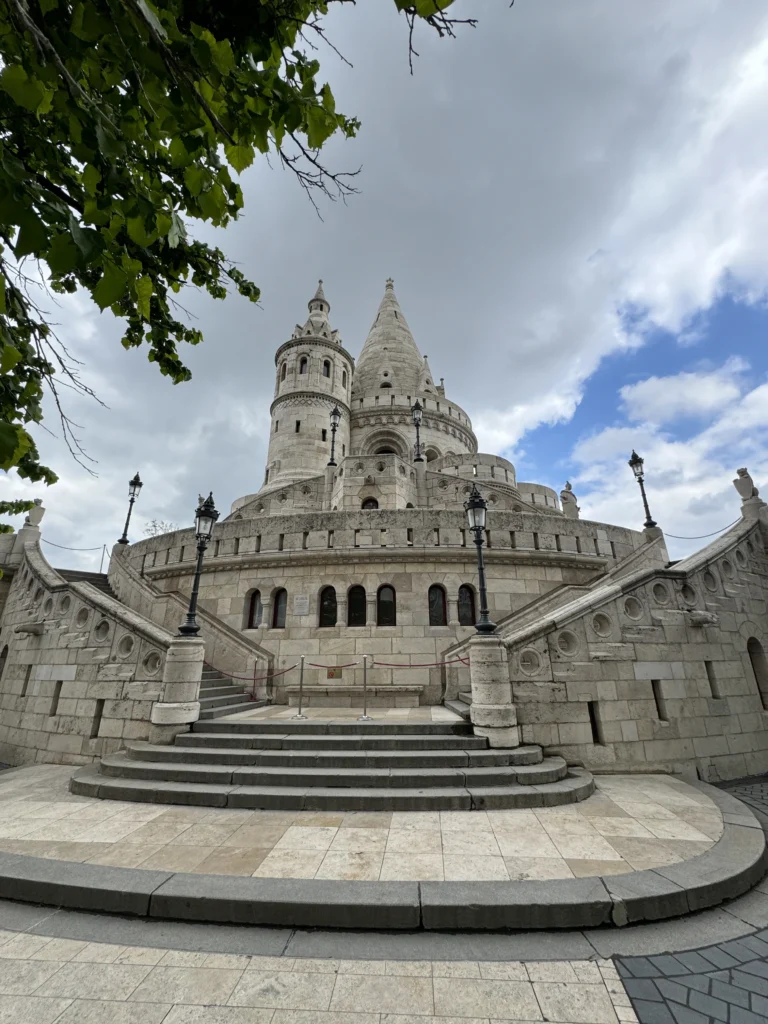
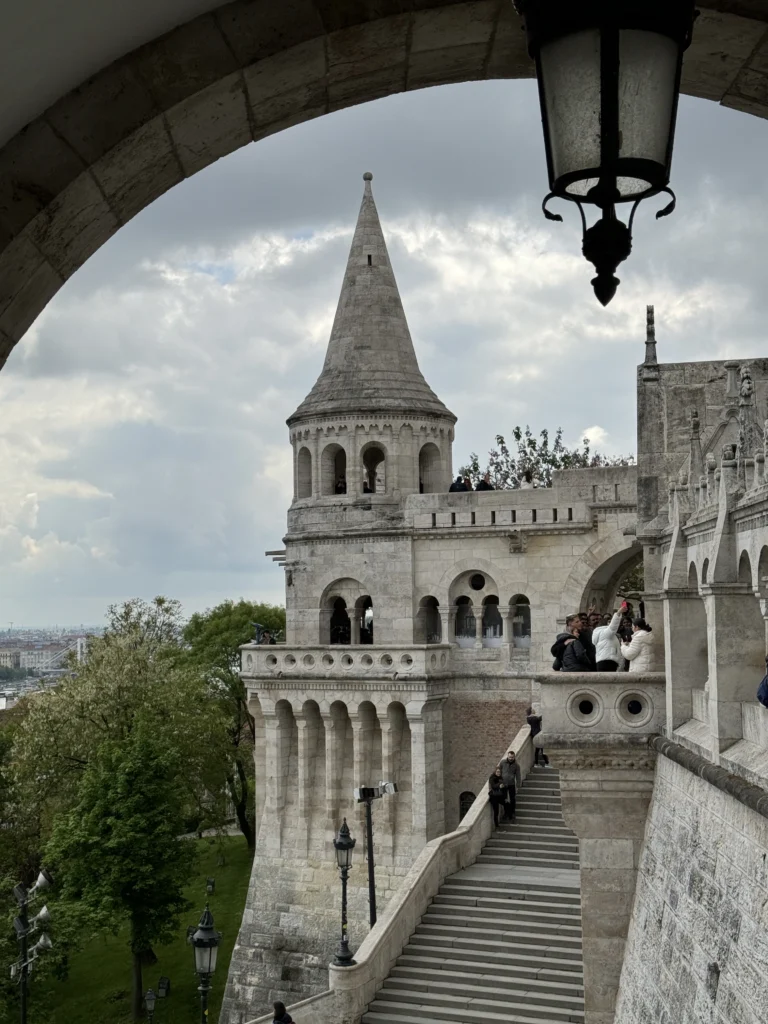
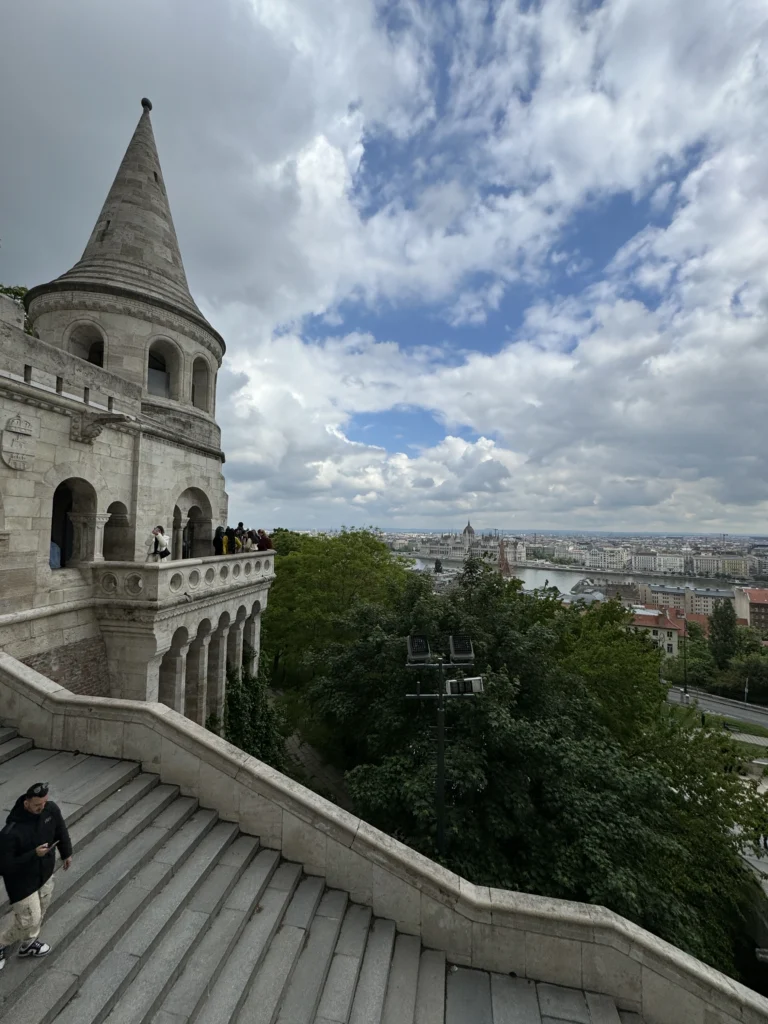
- Sandor Palace: Sandor Palace is on Castle Hill, near Buda Castle. It is the official residence of the president of Hungary. You can watch a changing of the guard for free hourly. We didn’t get to see this as there was construction happening while we were there.
- Matthias Church: This is a Catholic church on Castle Hill, Fisherman’s Bastion. It is beautiful, with it’s colourful rooftop. You can pay to enter the church and to go up the tower.
- Church of Saint Mary Magdalene: This church is more like ruins of a church, but with a restored tower that you can go up to see great views of the city.
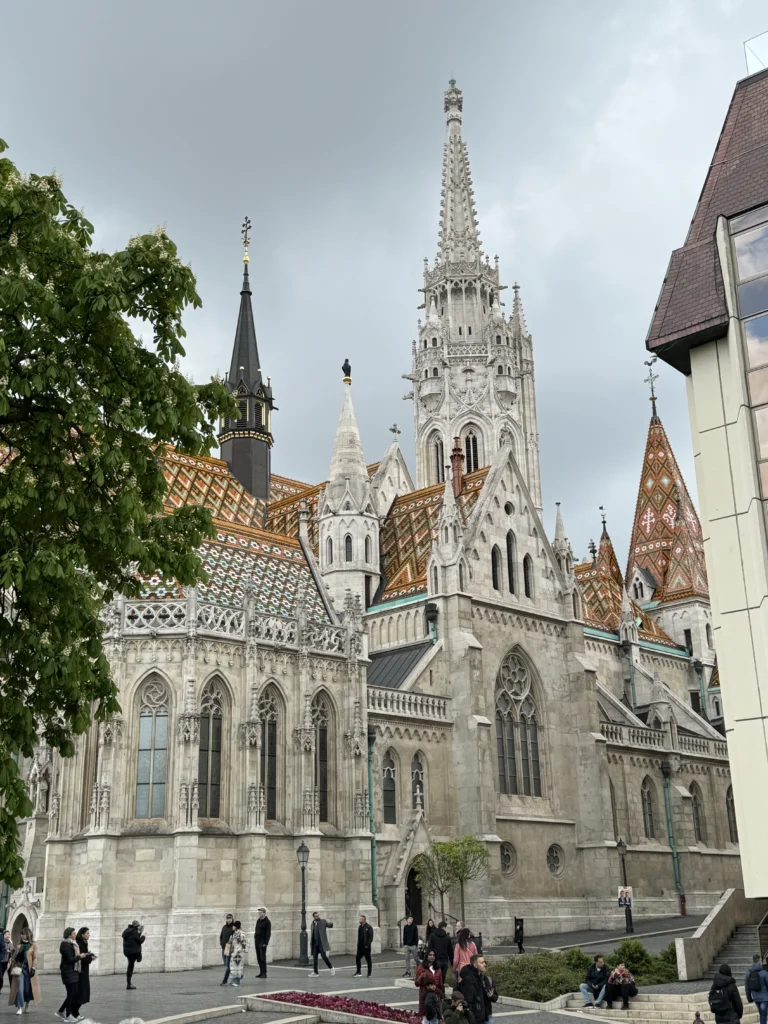
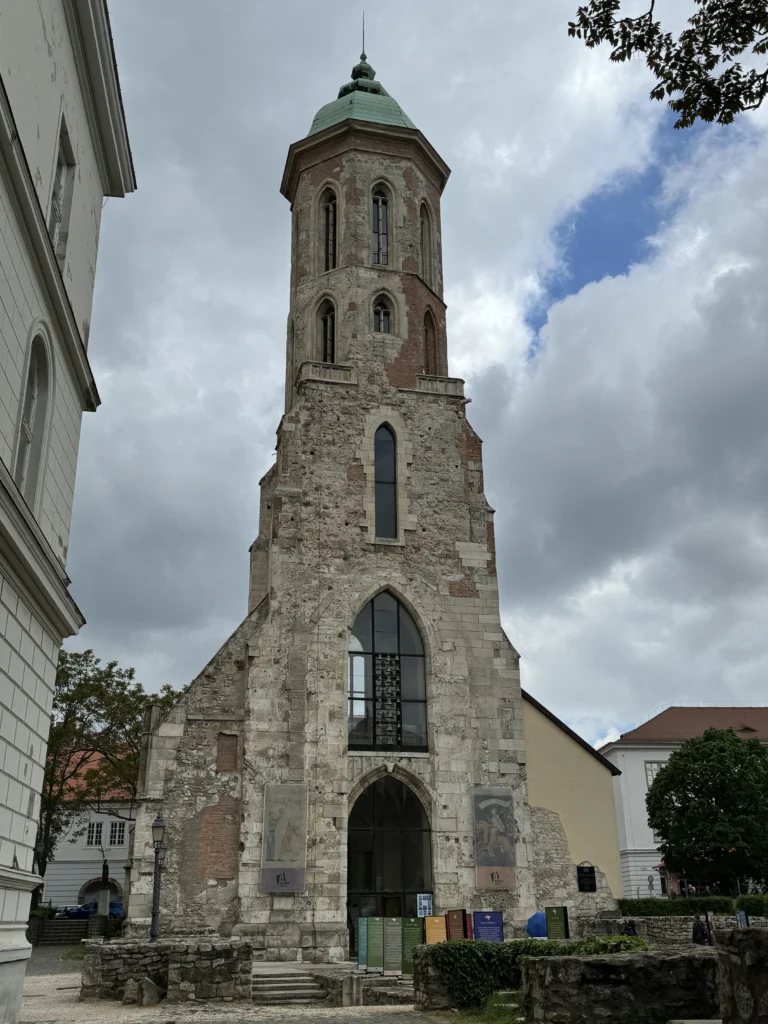
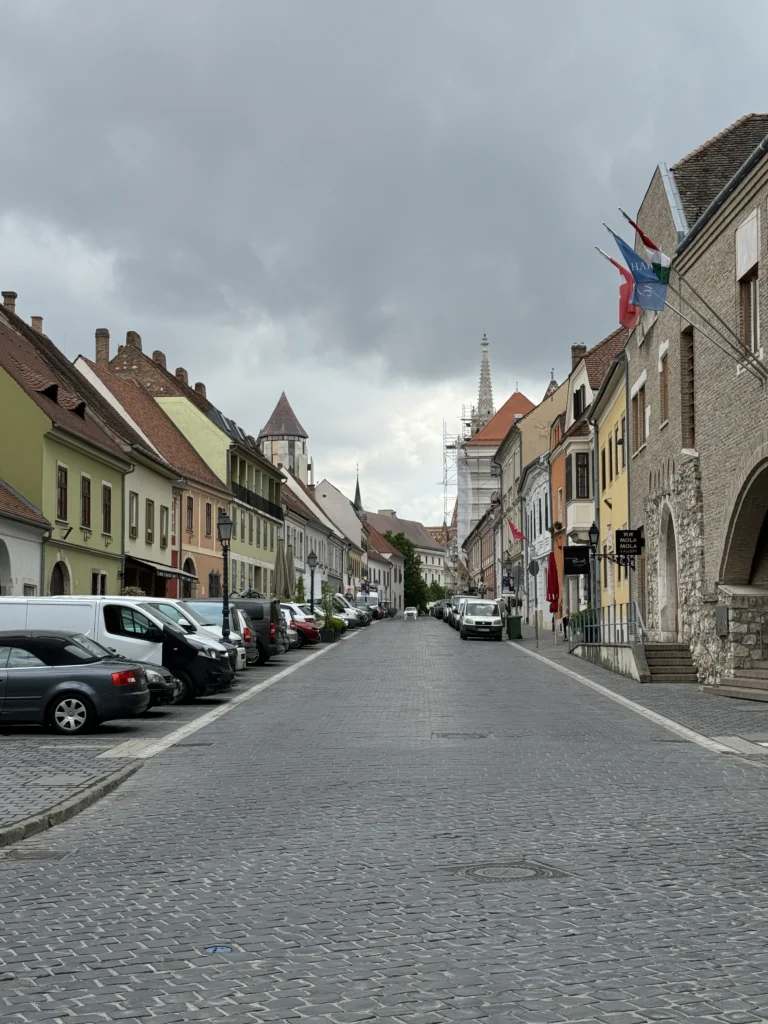
Located in City Park, the building of the Museum of Ethnography alone is worth seeing. It is covered in a massive garden and park – the perfect spot for a picnic! Of course, you can also go inside the museum and pay an admission to see the exhibits.
Located in the heart of City Park is the House of Music. The outside of this building is spectacular, so even if you don’t plan on paying the admission fee to see the exhibits, we highly suggest checking out at least the surroundings. The exhibits inside the House of Music take you through the history of music, as well as housing events and rotating exhibitions.
Located in City Park, you can walk the castle grounds for free. Alternatively, you can pay admission to enter the castle and the attached museum. This castle is considered one of the most romantic in all of Budapest!
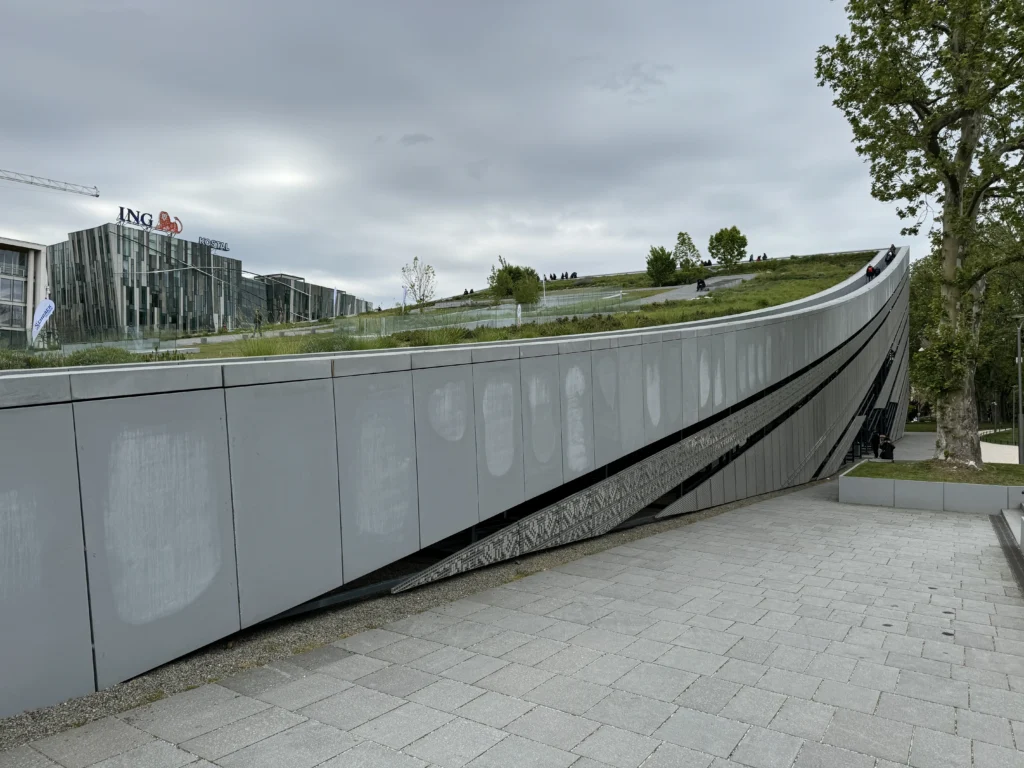
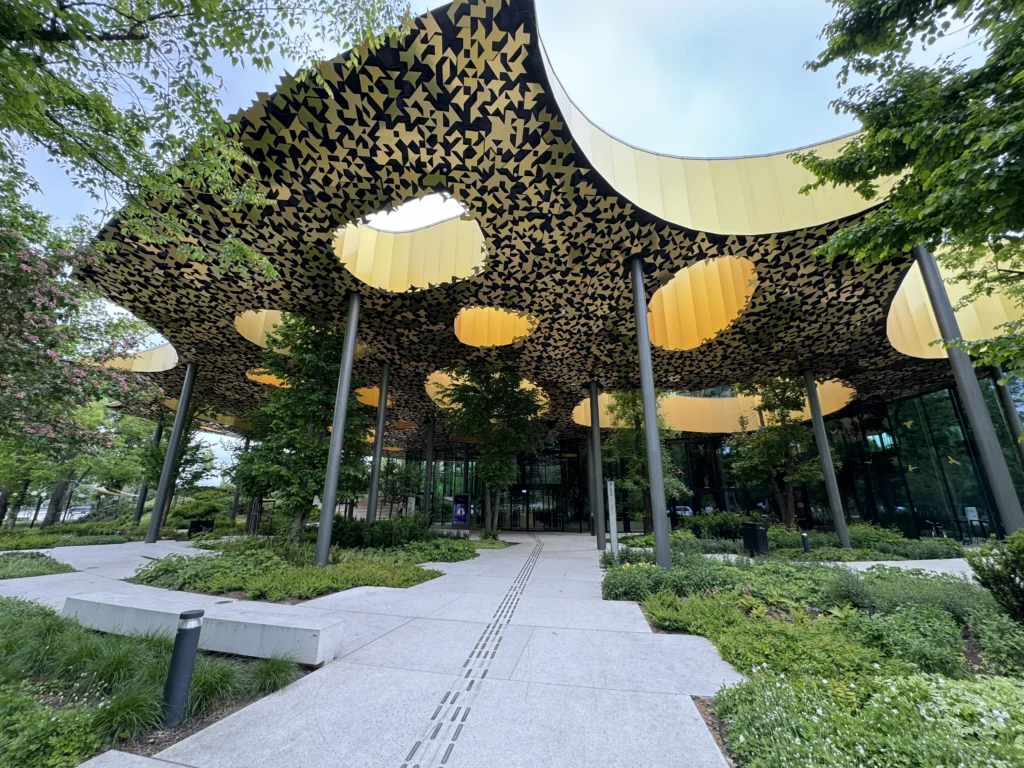
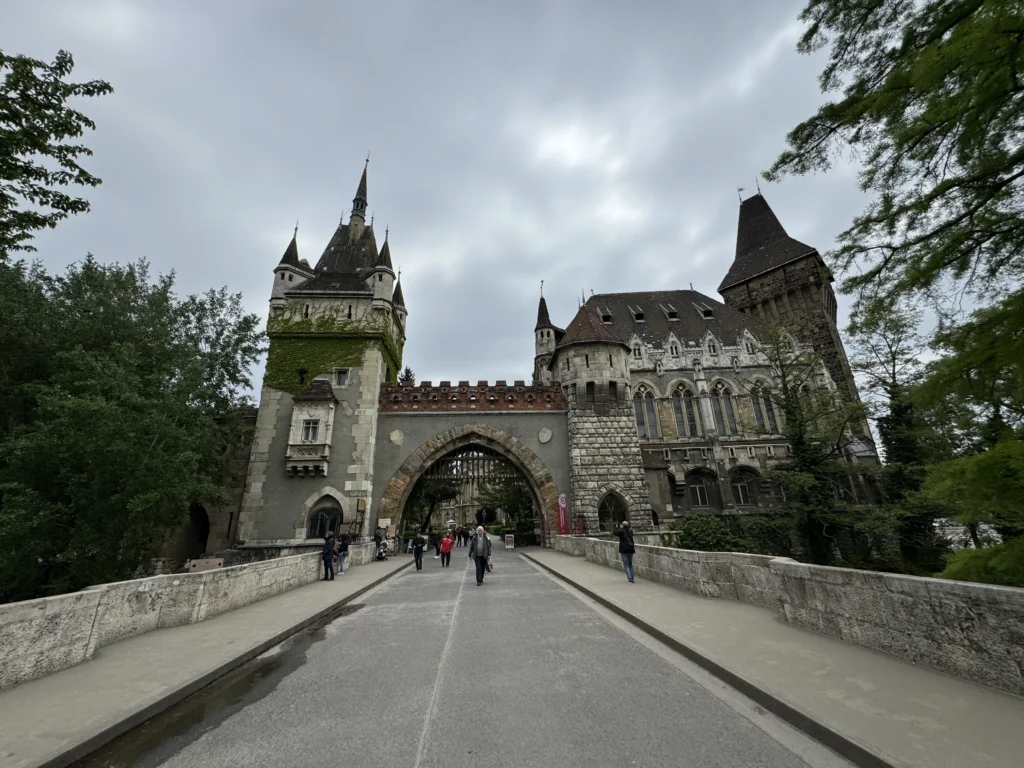
MAP of Things to Do in Budapest
HOW TO USE THE MAP: Click on the Wanderlog logo in the bottom right corner to open the full-size map up in a new tab. There, you can choose to just look at one type of activity at a time or see all of the activities on the map at once (click the 3 squares in the top right to choose). You can also export the map to Google Maps, share the map with others, or save the map.
OTHER THINGS TO DO:
These are things we didn’t get to see during our time in Budapest, but came highly recommended on many “Things to do in Budapest” lists during our research:
- Great Market Hall
- Dohany Street Synagogue
- Szechenyi Thermal Baths (or another thermal bath – these ones can be quite crowded)
- Gellert Hill Cave
- Margaret Island
- New York Palace Café
